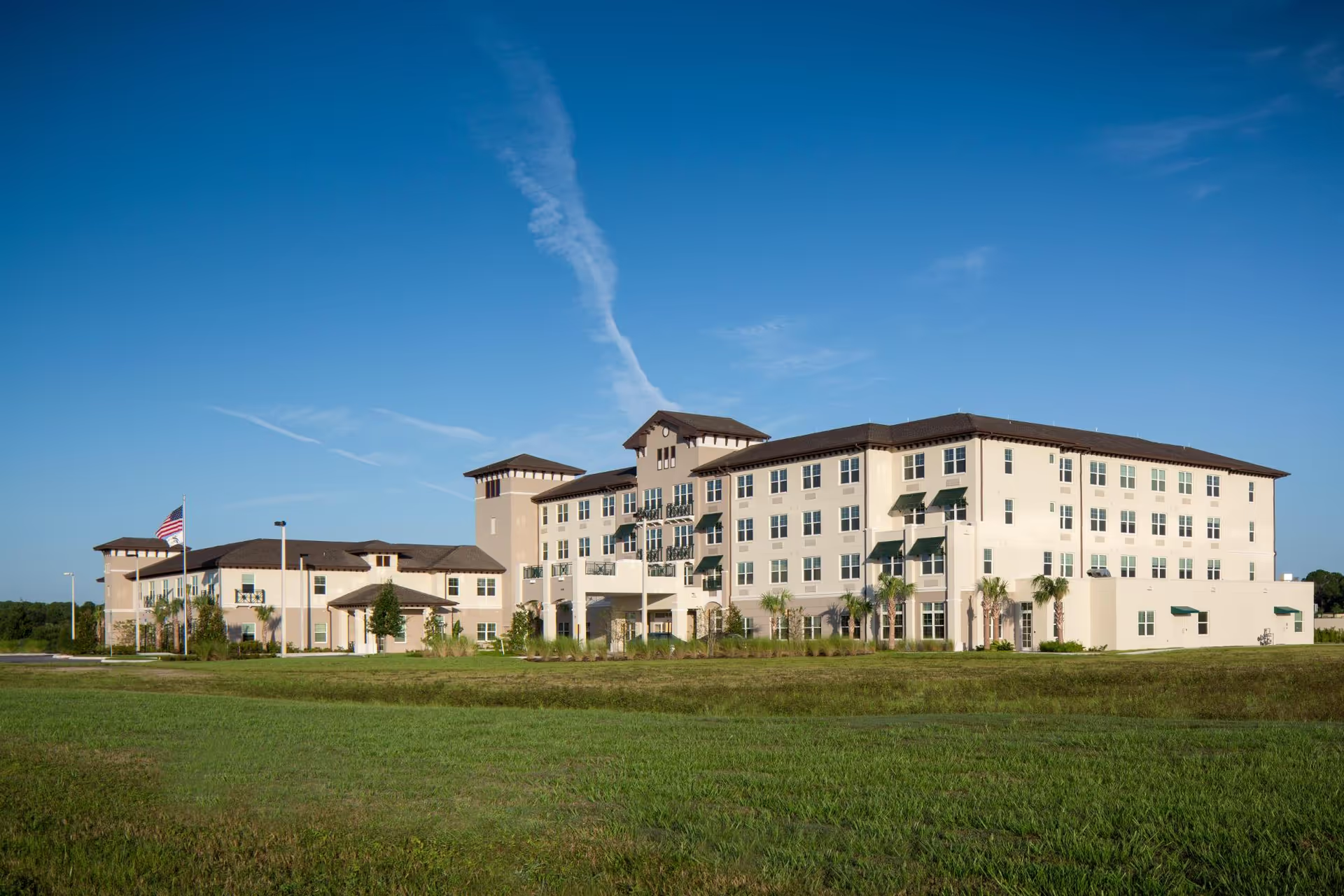The reviews for Daytona Beach Health and Rehabilitation Center are highly polarized and reveal two consistent themes: there are pockets of genuinely excellent, compassionate care and programming, and also numerous and serious reports of neglect, poor infection control, medication errors, and administrative dysfunction. Many reviewers praise specific individuals and departments — notably certain CNAs and nurses (Hector, Ashley, India, Dauonne and others), a newly energized activities director (Iris), admissions staff (Hector), and a strong rehabilitation team (therapists named David, Sarah, Keith). Those positive reviews describe a clean facility (at least in public and front areas), private rooms with bathrooms, an active schedule of arts/crafts, movement therapy and social programs, engaged dietary staff, and well-maintained grounds that create a pleasant environment for visits and outdoor time. Several families report substantial health and functional improvements after rehab stays and a sense that residents are made to feel at home.
Counterbalancing those positives are repeated, serious allegations from other reviewers reporting neglect and unsafe care. Multiple accounts describe residents left in soiled briefs for prolonged periods, diapers handled on the floor, wounds that were neglected or reopened, bedsores, and eventual infections — including UTIs progressing to E. coli sepsis and reports of MRSA and pseudomonas. There are reports of missed or incorrect medications, abrupt or unexplained medication switches, and at least one allegation of medication overdose with hospital transfer. These are not isolated minor complaints but include descriptions of emergency room and ICU admissions, hospital transfers and even death. Such reports point to systemic failures in basic hygiene, medication administration, wound care, and infection control for at least some residents.
A second major pattern concerns staffing, training, and professionalism. Many reviewers recount instances of unprofessional behavior (staff on phones or texting, rudeness, yelling), a lack of responsiveness to call bells, residents left unattended in hallways, and what families perceived as insufficiently trained CNAs or nurses. Yet other reviewers single out individual staff members and departments for exemplary care, which suggests inconsistency and variability by shift, unit, or staff assignment. Understaffing is listed frequently as a contributor to missed care tasks, delays, and declining resident supervision. Related issues include laundry mix-ups, missing personal items or dentures, and rooms or bathrooms that are reportedly dirty despite good public-area appearance.
Management, communication, and administrative problems are prominent themes. Several reviewers describe poor communication from administrators, no follow-up calls, denial of transfers, defensive or hostile responses from management (threatening to call authorities or telling family members to stay away), and cumbersome paperwork or payer/Medicaid disputes. Some reviewers felt care decisions were financially motivated. A number of accounts explicitly describe escalation to police or Adult Protective Services, and at least one review mentions legal action being contemplated. These administrative failures magnify the clinical concerns because families report being unable to get timely explanations or corrective action when serious problems arise.
Facility condition and infection control come across as inconsistent: many reviews praise well-kept grounds, sunny settings and a clean, organized front area, while other reviewers report roaches, mold or mildew on patios, filthy bathrooms, urine/feces odors, and unmade beds. Memory care programming is criticized in multiple summaries for lack of daytime activities. Dining experiences are mixed — some families commend the dietary team and meal options, while others complain of cold or poor-quality food. Overall, activities and rehabilitation are frequently cited as strengths, but the benefits of those programs are undermined for some residents by concurrent reports of poor nursing care, missed medications, hygiene lapses, and infection outbreaks.
Taken together, the reviews portray a facility with clear strengths (notably rehab and an active, improving activities program; several highly praised individual staff members; pleasant grounds and some clean spaces) alongside significant, sometimes severe, quality and safety concerns affecting other residents. The variability suggests inconsistent staffing, training, supervision, and leadership follow-through. For prospective residents and families this pattern indicates the importance of thorough, up-to-date due diligence: visit multiple times and at different times of day/shifts; ask directly about staffing ratios, turnover, infection control procedures, wound care and medication administration protocols; request recent inspection reports and make inquiries about any APS or regulatory complaints; and identify whether the praised staff members and programs are stable and consistently available. The reviews warrant caution—they document both excellent care experiences and serious safety failures—so any placement decision should weigh these mixed signals and seek verification of the facility’s current practices and leadership responsiveness.







